Underwater photography brings a fascinating glimpse into the mysterious world of silence. If you want to seek to push the boundaries of underwater photography further, dream away and bring the ‘Silent World’ into another dimension by artistic processing your underwater images in graphic design editor programes (‘Underwater Art‘). Most of my “Underwater Art” photos (collages or fractals) originated during the COVID-19 global pandemic when, like so many other people, I wasn’t able to dive, nor could I take new underwater photos. To bridge the waiting time until I would get back into the water, I decided to take some of my previously shot underwater photos and run them through post-production experiments in graphic editors. You can find some of my ‘Underwater Art’ photos in the DIVE (Autumn 2021) and OCEANOGRAPHIC magazines, and far more both original and underwater art images in my recently published book ‘The Silent World through the Lens of Underwater Art Photography‘:

.
A small selection of ‘Underwater Art‘ images:
COLLAGES
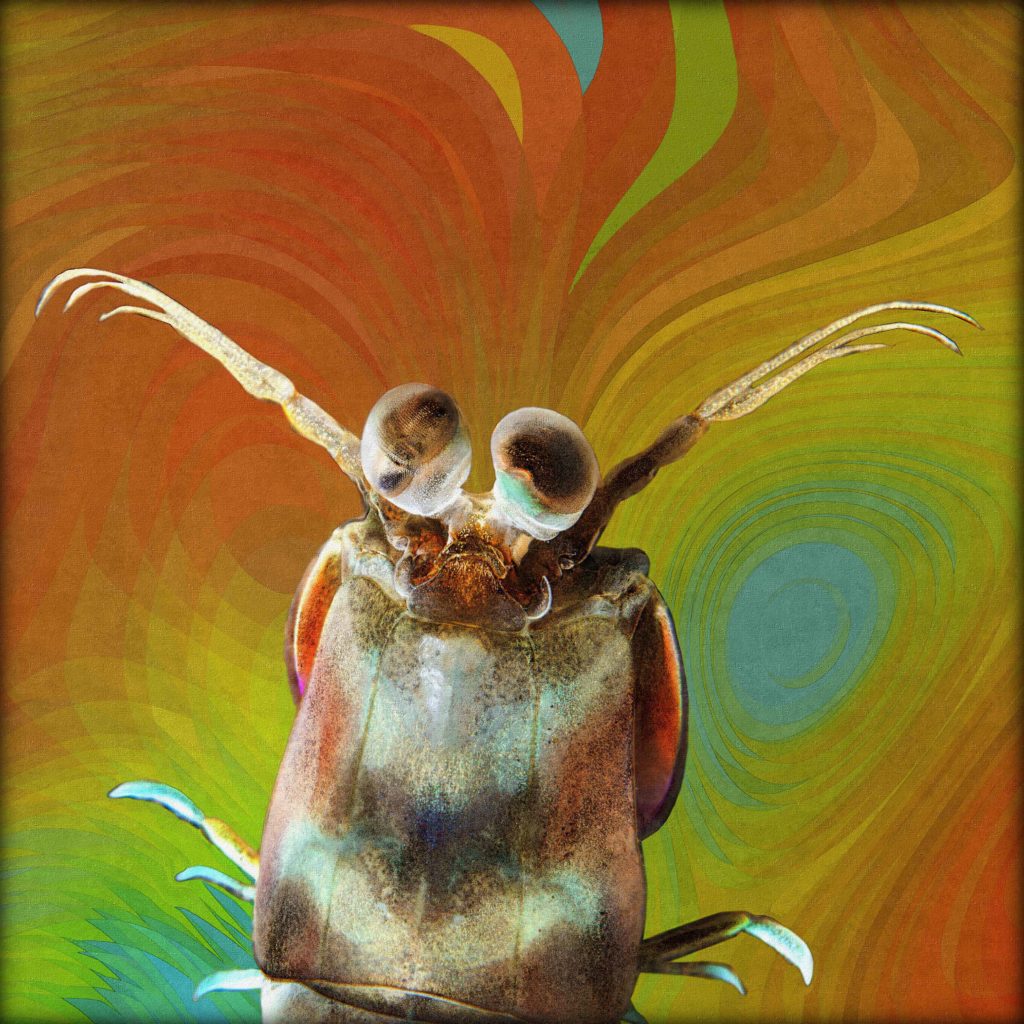
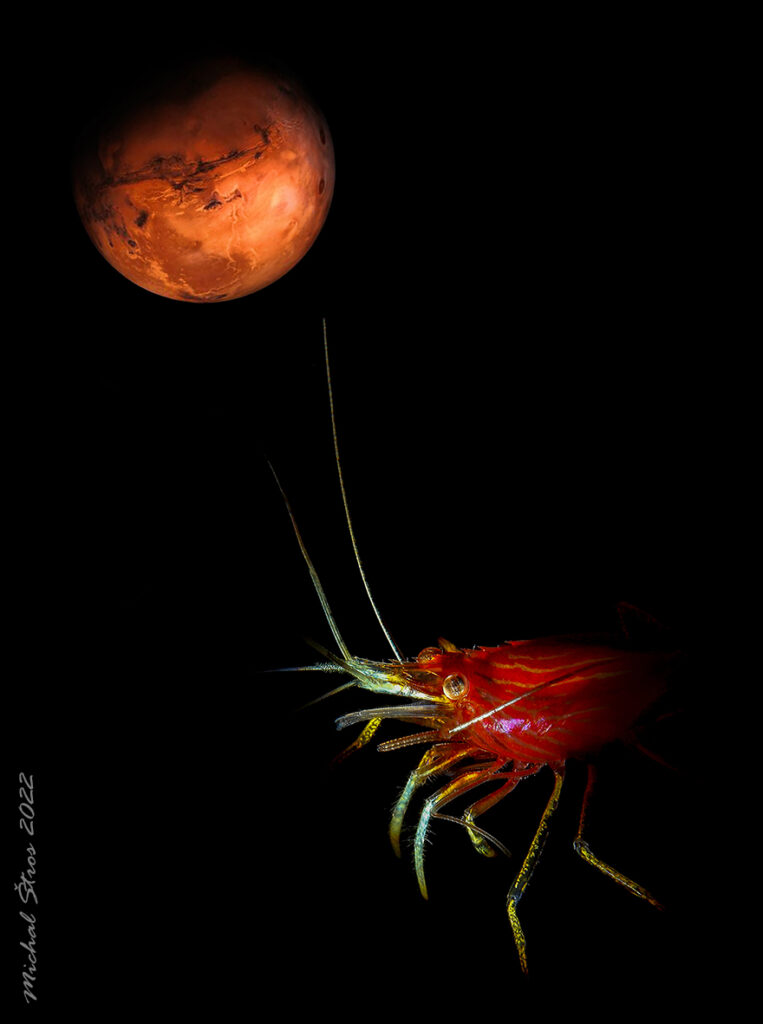
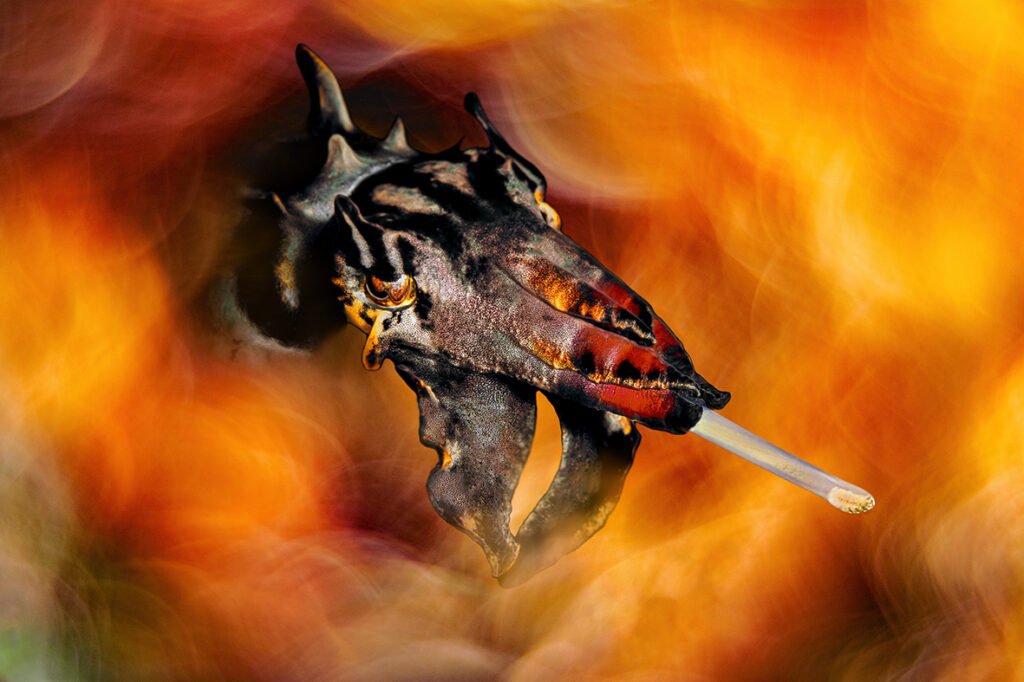
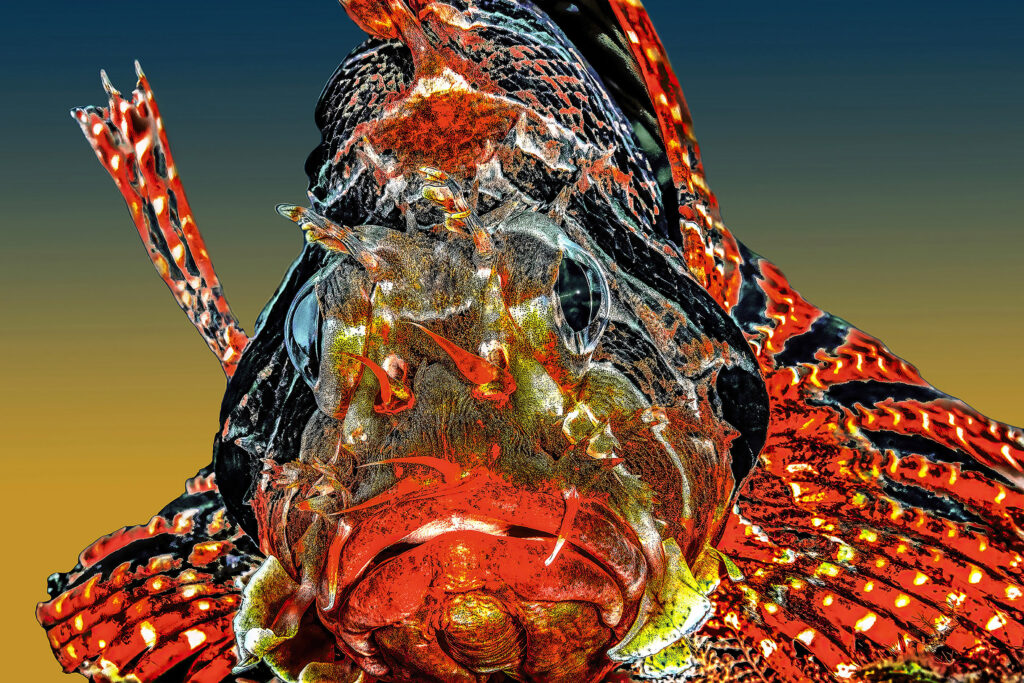

FRACTALS
How to make beautiful art from underwater images using Fractalius filter
Fractal images represent a new art form to explore the underwater world from computer. Fractals are of a considerable complexity, but they can found all over the place in nature – such as in certain corals, sponges, octopus tentacles, flowers, and even in spiral galaxies. There are many ways to create fractals, most of them involve complex mathematical formulas and fractal software programs. The easiest way of “simulating fractals” is using the ‘Fractalius filter’ created by Redfield.
Have fun with it – I have.
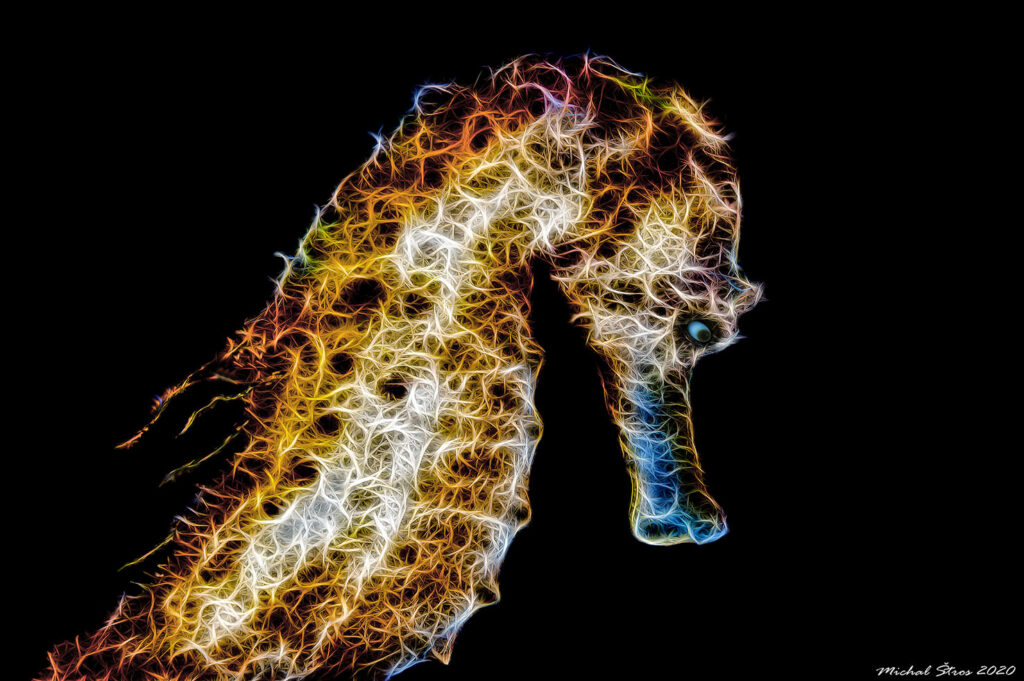
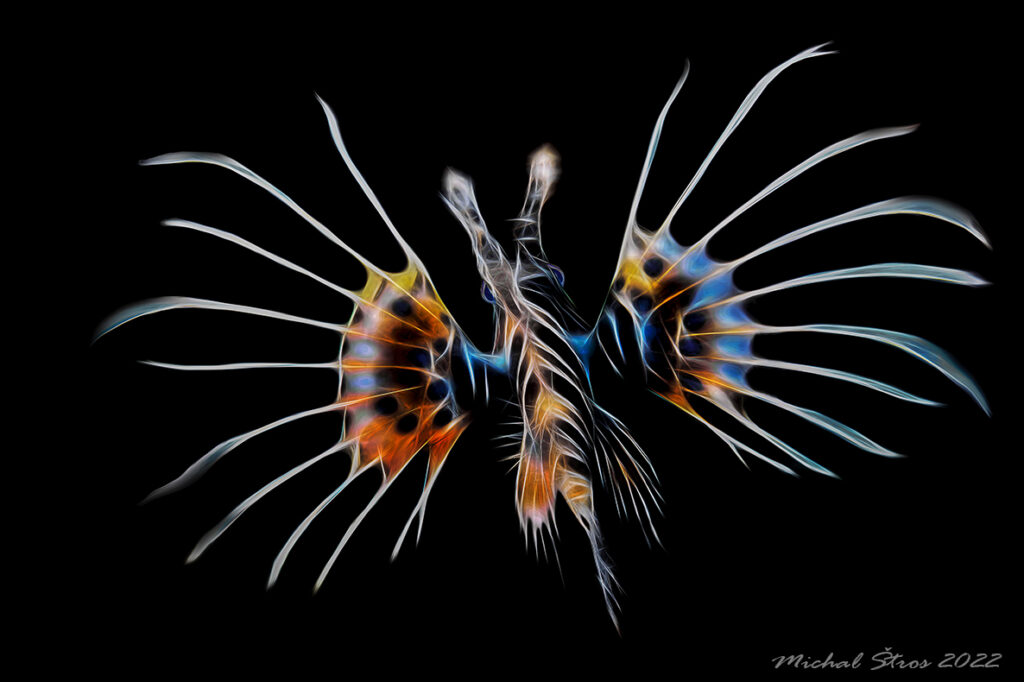
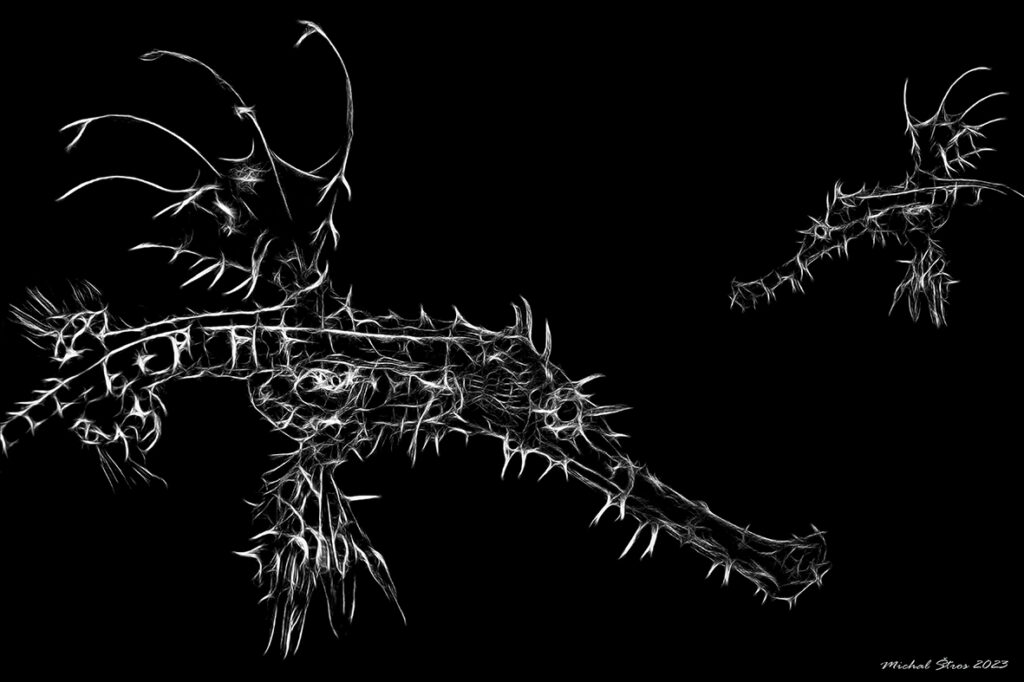
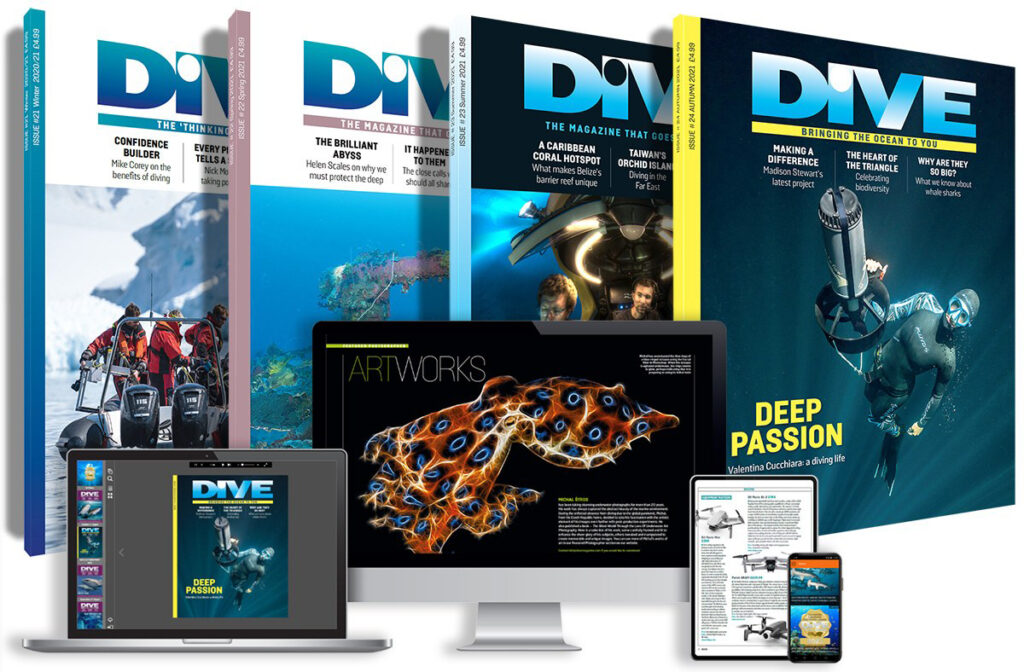
Underwater world in watercolor

